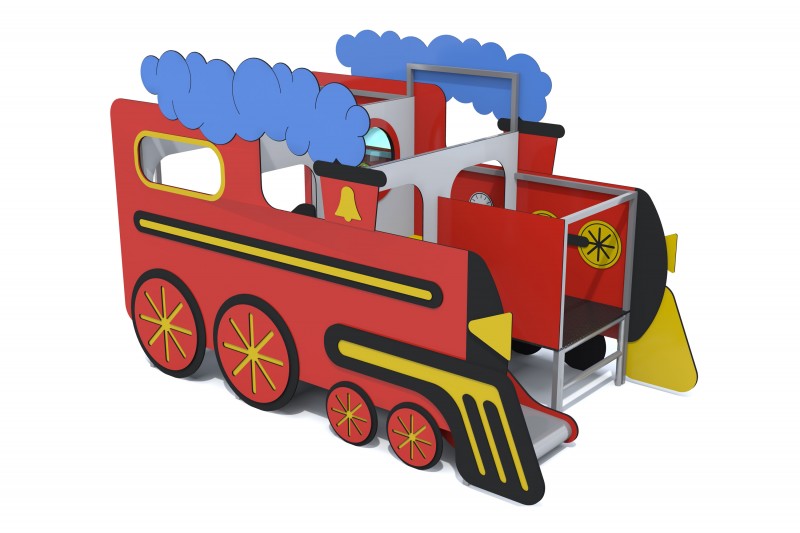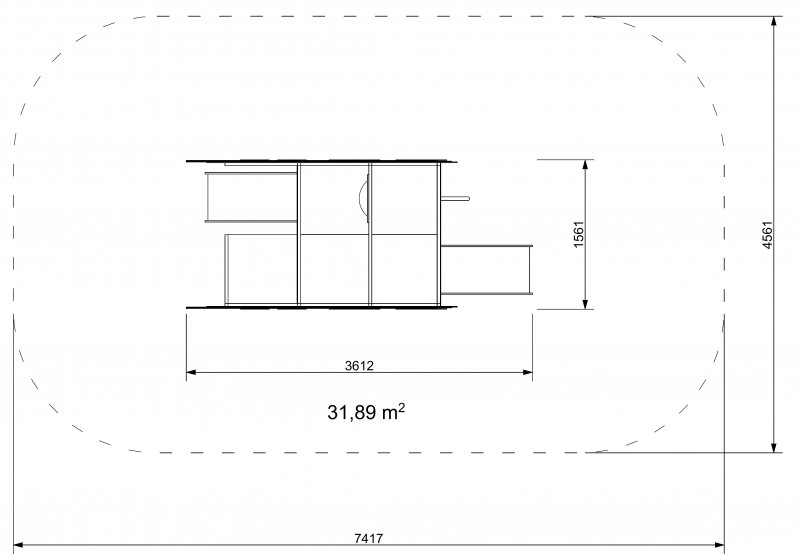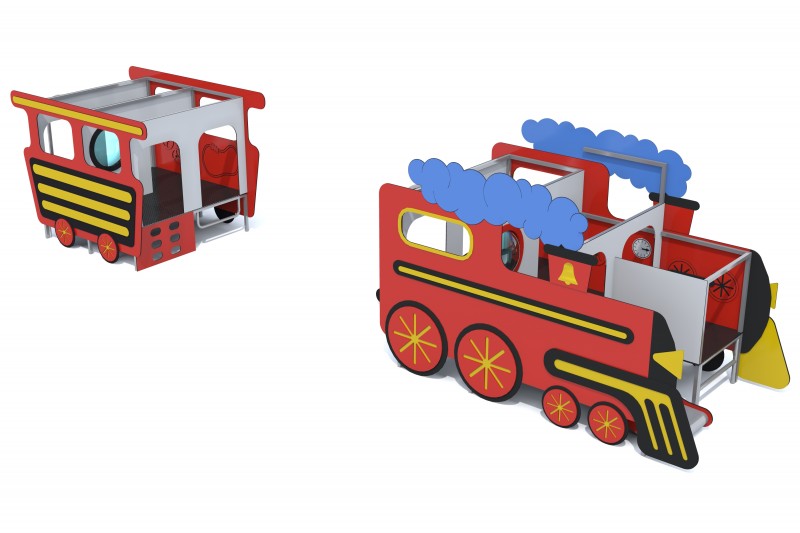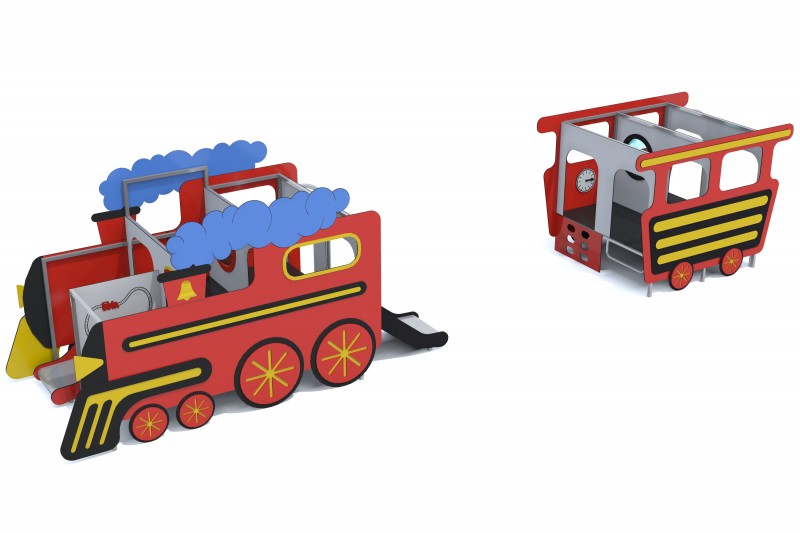Physical
Physical skills refer to abilities related to the body, that is, motor proficiency and the capacity to perform specific movements. These may include, for example, running, jumping, throwing, balance, coordination, endurance, strength, and flexibility.
Social-emotional
Social: Refers to skills related to functioning within a group, managing interactions with others, communication, cooperation, conflict resolution, and relationship building.
Emotional: Includes skills related to recognizing and understanding one’s own emotions and the emotions of others, as well as regulating and expressing them appropriately.
Creative
Creative means imaginative, resourceful, and innovative. It refers to something that is new, original, and useful, such as an idea, product, solution, or action. Creativity is the ability to generate new ideas and make connections between them.
Sliding down
Play involving elements of sliding refers to activities in which children or other individuals slide down from a height, often using slides.
Sitting
Play involving elements of sitting refers to activities in which the child engages in various forms of play while in a seated position. This includes not only the act of sitting itself but also activities that develop the ability to maintain a stable seated posture, supporting postural control and body coordination.
Hanging
Play involving elements of hanging refers to activities in which a child supports their body weight with their hands while hanging from an object—such as a ladder, bar, rope, tree branch, or other equipment. This type of play primarily develops grip strength, upper body power, and full-body coordination.
Climbing
Play involving elements of climbing refers to activities in which a child overcomes vertical obstacles by using both their hands and feet—that is, climbing onto or up various objects. These may include ladders, climbing walls, furniture, hills, or other structures that require ascending movement. Such activities actively engage the whole body and support the development of numerous motor skills.
Socialisation
Play with elements of “socialization” is play that helps children learn social contacts and relationships — that is, how to cooperate, communicate, share, resolve conflicts, and understand others.
Role-playing
Play with elements of “role-playing” is play in which children take on and imitate various characters, situations, or social roles. This allows them to experiment with behaviors, imagination, and learn different social skills.
Riding
Play with elements of “riding,” e.g., on a zipline, refers to an activity in which the child moves, glides, or travels using specific equipment or a device, engaging in the motion of “riding” or “sliding.”
Manipulation
Play with elements of “manipulation,” such as sliding, is an activity in which the child uses hands or fingers to consciously grasp, move, rotate, or arrange objects.
Shelter
Play with elements of “sheltering” is an activity in which the child uses places or spaces that can serve as hiding spots or safe corners.
















